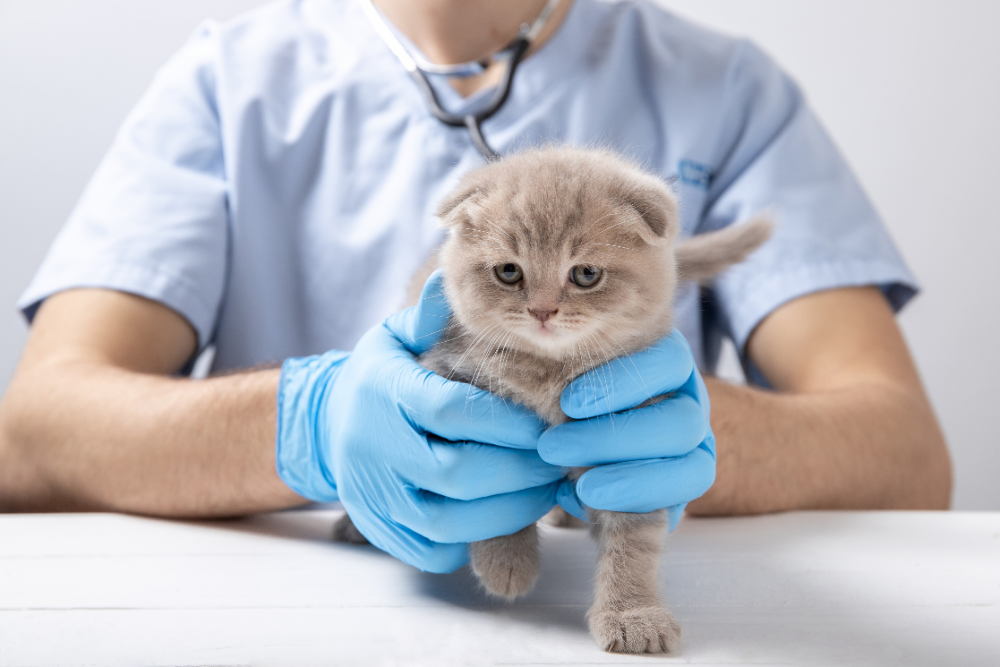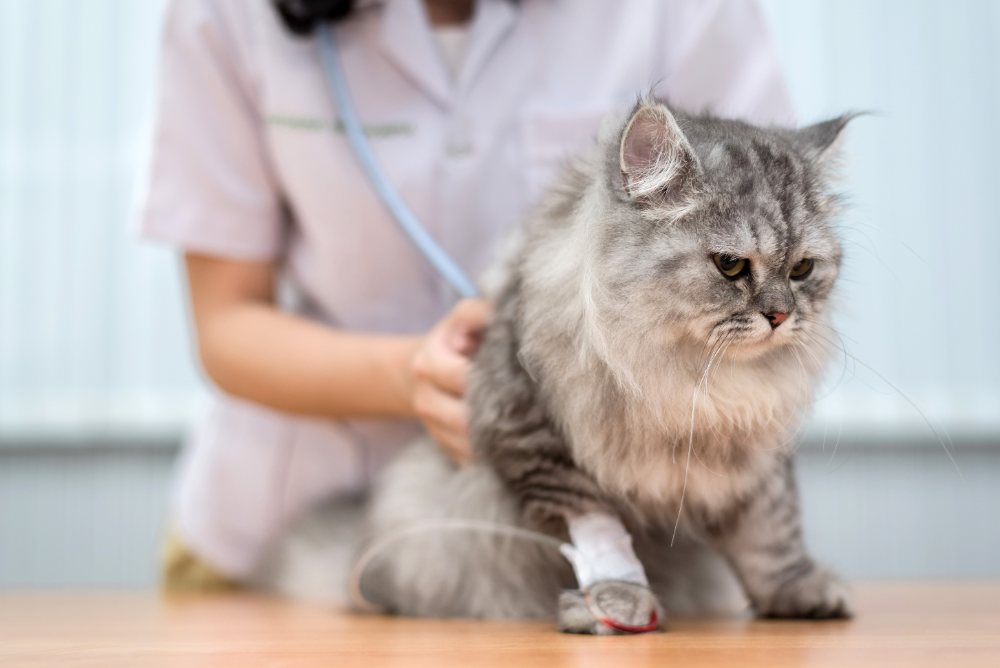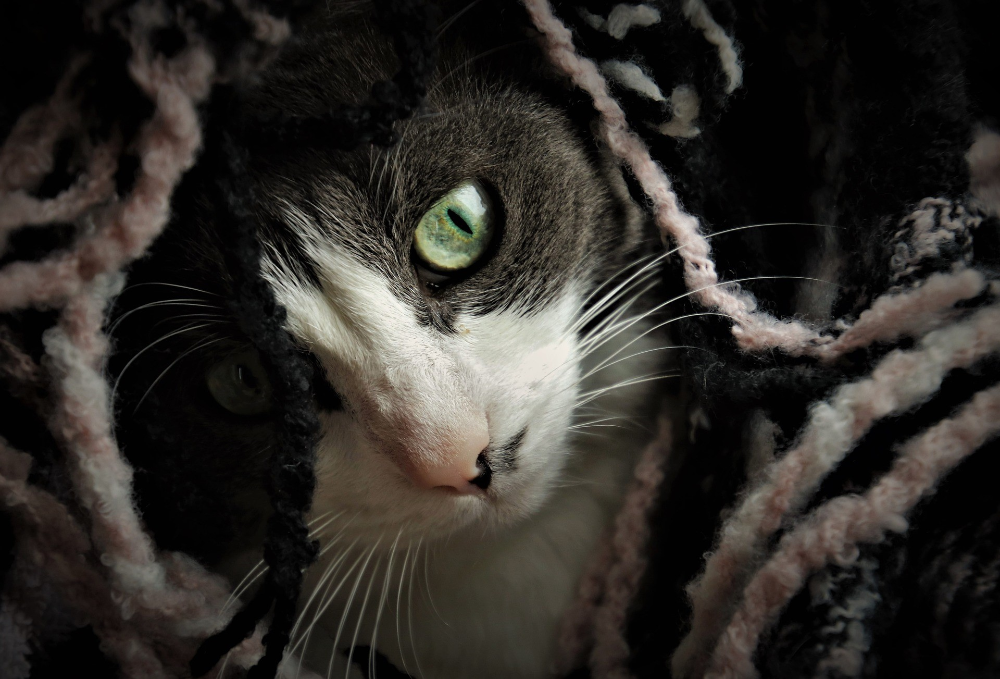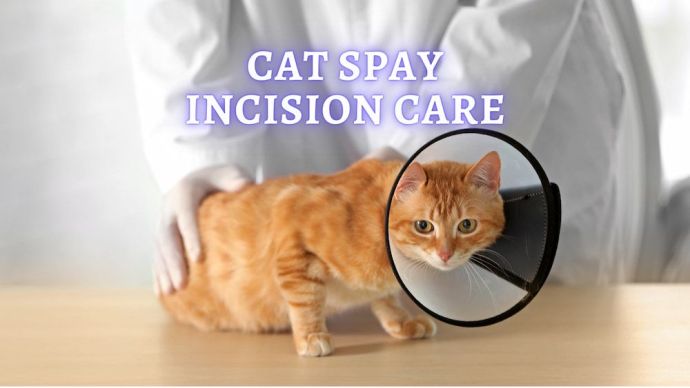Toxoplasmosis in Cats: Symptoms and Prevention
Written by:
Author: Dr. Sara Ochoa
Dr. Sara Redding Ochoa is a veterinarian with many years of experience and higher education. During her time in veterinary school she was able to learn form some of the most well-known veterinarians from all over the world. Sara lives happily with her husband Greg and her babies Ruby the schnoodle, and Bam-Bam her bunny. Dr. Sara Redding Ochoa has a passion and love for animals that makes her a wonderful asset to our team.
View all 13 articlesLearn about our editorial process and veterinary review board.
Viewed: 358
Updated on: 07/21/2021
Toxoplasmosis is a disease caused by a parasite, Toxoplasma gondii. This parasite is found in the soil and raw meat and can frequently affect cats. Many doctors will warn people of this parasite if they are pregnant since it can cause problems with the baby’s development. If you think that your pet has toxoplasma, it is best to see your veterinarian for testing. This article will explain all about toxoplasmosis, what signs to look for, and what you should do if you think your pet does have toxoplasmosis. Many times, you can keep your pet while you are pregnant; there are just a few precautions that you should take.
Your pet can get this parasite by killing and eating wild rodents or birds or by eating a raw diet. This is one reason that many vets recommend a commercial diet over a raw diet. Once your cat is infected, the parasite will multiply in its intestines, making immature eggs called an oocyst. The oocysts are shed in from your pet in their feces. Once the oocyst has left your cat’s body, it takes 1 to 5 days for that oocyst to become sporulated. This is the stage that it can affect other animals or people. Most pets will shed oocyst for about 2 weeks after becoming infected. During this time, other cats in your house can also become infected if they come in contact with infected fecal material. This parasite can also be easily passed from your pet to you.
Cat disease Toxoplasmosis Symptoms
Most pets show no symptoms of having toxoplasmosis. Some may have mild diarrhea, fever, decreased appetite, or have become a little sluggish. It can affect your cats’ lungs, liver, and nervous system. Kittens or immunocompromised pets are more likely to show more symptoms than healthy adult cats.
If you think that your pet may have toxoplasmosis, your veterinarian can run a test to see if they do have the parasite. If the test is positive, it means that your cat has been exposed to toxoplasmosis but can only shed the parasite for the first two weeks after they were infected. If your pet tests negative, it means that your pet has never been infected by toxoplasmosis, and when it does will shed oocyst for 2 weeks after they are infected.
If your pet is still able to shed oocyst, it should be kept away from children, pregnant women, and immunocompromised people. These are the people who are most likely to have problems with toxoplasmosis infection.
About 30 to 50% of cats and people have been exposed to toxoplasmosis. This means that their body has already made antibodies to the parasite. It is not common to see a pet that is actively shedding the virus.
Can you get Toxoplasmosis from petting a Cat?
It would be very rare for you to get toxoplasmosis from petting your cat. Your pet would have to have infected fecal material on their coat, and you would have to ingest this material. The most common way for you to get infected is by coming into contact with the oocyst that is in raw meat or shed in your pet feces when you are cleaning their litter box. By washing your hands after cleaning the litter box or preparing raw meat will help decrease and even eliminate your chance of getting toxoplasmosis.
Cat Toxoplasmosis Transmission to Humans
Toxoplasmosis can be transmitted from cats to humans by coming in contact with infected pet feces. A more common way for you to get toxoplasmosis is by not washing your hands after handling raw meat, drinking contaminated water, or working in the garden or sandbox where an infected pet has pooped. You cannot get this parasite by petting your cat; you would have to come in contact with their fecal material.
Most people have been exposed to toxoplasmosis, and they develop an immunity to this parasite. This would mean that it would not cause you any problems if you came into contact with this parasite again. If a person is immunocompromised, they can develop health-related issues from this parasite. Also, if a woman is infected while they are pregnant, the parasite can be transferred to the fetus leading to many developmental problems and even stillbirth or a miscarriage.
Women who are pregnant can be tested for toxoplasma. If they are positive, they have already had the disease and cannot pass toxoplasma to their fetus. If they test negative, they should take all preventative measures to keep from being exposed to toxoplasmosis. It is not necessary to get rid of your pet if you do become pregnant; just take the proper hygiene precautions, and you and your fetus will be healthy.
How to avoid getting Toxoplasmosis?
If you are one of the few people who have never been exposed to toxoplasmosis, you can avoid getting infected by not eating raw or undercooked meat, washing your hands as soon as you are done preparing raw meat, and not being near feces. Once a pet passes an oocyst in its feces, it can take 24 hours for that oocyst to be able to infect a person. If you do have to clean a litter box, wear gloves, and make sure that you clean the litter box twice a day. This will prevent the oocyst from being able to develop further, causing an infection.
READ MORE: Cat Survival Kit
How to prevent Toxoplasmosis in Cats
Prevention is the best way to keep your pet healthy. There is no vaccine that your cat can have to prevent them from getting toxoplasmosis, there are many things that you can do at home, such as:
- Test all your cats. By testing, you will know if they have been exposed to toxoplasma
- Keep your pets inside. Cats commonly get toxoplasma by killing and eating small mammals. If your cat is strictly indoor, you are eliminating this as a possible way of transmission.
- Do not feed your pets raw meat. Raw meat is another way that your cat can be infected. Make sure that you are feeding a commercial cat food or that your cat’s food is fully cooked before feeding it to them
- Do not eat undercooked meat. If you eat undercooked meat, there is a chance that your pet could get into some of this meat and get infected. Make sure that your food is also fully cooked.
- Do not let your cat hunt. If your pet is outdoors, deter them from hunting. Make sure that your cat has plenty of pet food and other toys to keep them entertained.
- Clean your cat’s litter box frequently. This will help spread toxoplasma from one pet to another.
Does Toxoplasmosis go away?
Toxoplasma does not go away. There are antibiotics that your pet can take to help with the symptoms, but there is nothing that you can give your pet to stop them from shedding the oocyst. Once a pet is infected, they are infected for their whole life. They will only shed the parasite for 2 weeks after the initial infection. Your cat’s immune system will keep their bodies from shedding the oocyst after they develop antibodies to the parasite. If your cat did ever become immunocompromised, then they may be able to shed oocyst again.
Final Thoughts
While toxoplasmosis is very commonly seen in cats who spend time outside catching wild prey, it rarely causes them or people any problems. If you are pregnant, testing your pet and taking the proper hygienic steps will help make sure that you have a successful pregnancy. Talk with your doctor and veterinarian about what you can do to make sure that you and your cats stay healthy and happy.
 Cat Veterinary Tips My Cat Lost its Voice: Can Cats get Laryngitis? (Vet Advice)
Cat Veterinary Tips My Cat Lost its Voice: Can Cats get Laryngitis? (Vet Advice) - 23554
- 13
 Cat Care Why Does My Cat Attack My Legs? 10 Reasons Why and What To Do About It (Vet-Approved Advice)
Cat Care Why Does My Cat Attack My Legs? 10 Reasons Why and What To Do About It (Vet-Approved Advice) - 46013
- 21
 Cat Veterinary Tips Cat Stomach Gurgling: Vet Advice on Why is Your Cat Stomach Gurgling?
Cat Veterinary Tips Cat Stomach Gurgling: Vet Advice on Why is Your Cat Stomach Gurgling? - 36469
- 4
 Cat Veterinary Tips My Cat Lost its Voice: Can Cats get Laryngitis? (Vet Advice)
Cat Veterinary Tips My Cat Lost its Voice: Can Cats get Laryngitis? (Vet Advice) - 23554
- 13


























